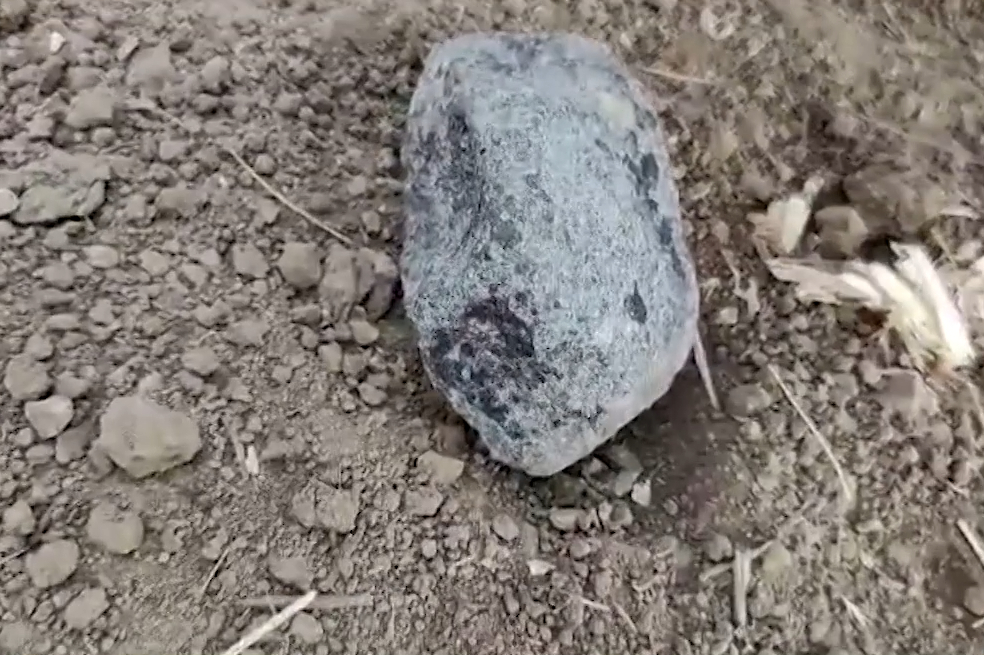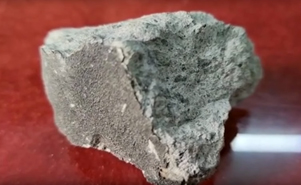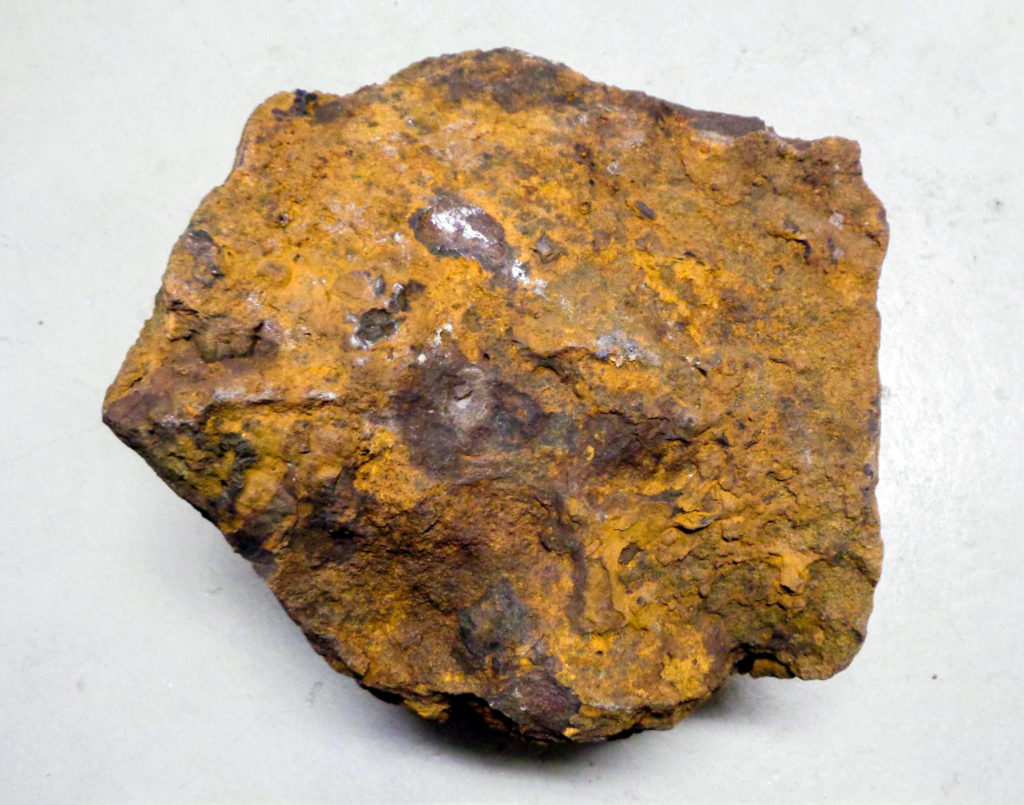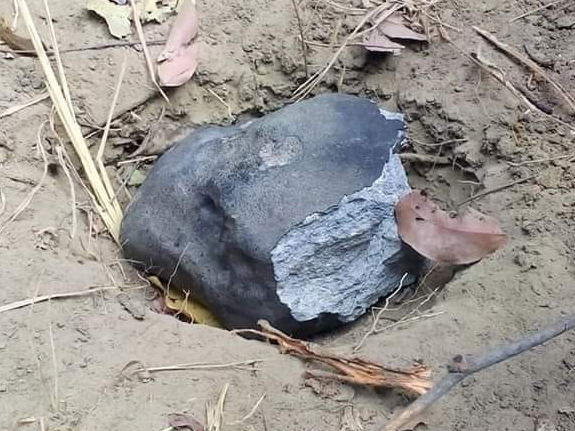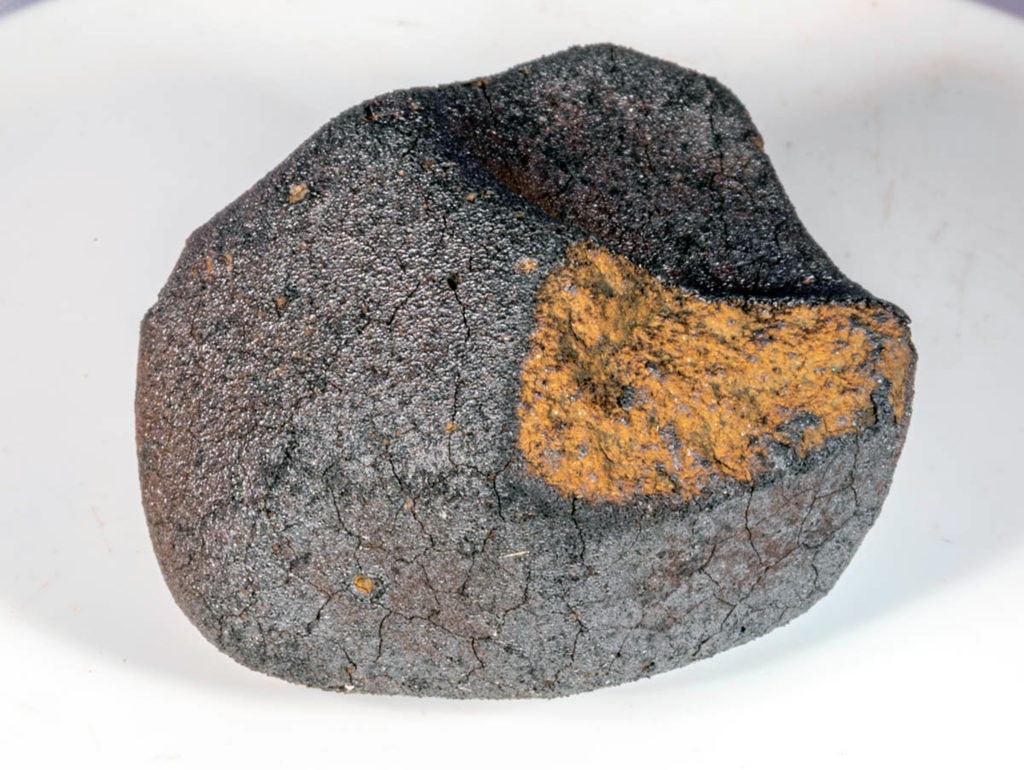Origin of the metal in chondritic and achondritic lithologies of the Sierra Gorda 013 СBa-like chondrite
Marina A. Ivanova, Svetlana N. Teplyakova, Cyril A. Lorenz, Shuying Yang, Munir Humayun
MAPS, Version of Record online: 27 June 2025
“Sierra Gorda 013 (SG 013) is an unusual CBa-like chondrite containing two texturally different, isotopically identical lithologies—chondritic (L1) and achondritic (L2), which should have a common origin. The metal globules of the L1 metal preserved the magmatic pattern of the siderophile element distribution that indicates they had a fractionated precursor. In this work, the trace element metal composition of lithology 2 was studied, and the revisited LA-ICP-MS data on the L1 metal was presented. Lithologies 1 and 2 have Ni and Co in the range of CB chondrites. The Ni-Co distribution in L1 and depletion in Cr of both lithologies with a negative Cr-Ni correlation are similar to that of the magmatic irons. Highly refractory siderophile element (HRSE) (W, Re, Os, Ir, Pt, Ru, Rh, and Mo) compositions of the L1 metal are highly fractionated relative to CI, but the L2 metal has a nearly uniform HRSE distribution similar to the depleted patterns of some HRSE-poor L1 metal compositions. Metal from both lithologies is depleted in volatile siderophile elements. In the L1 metal globules, the metal composition shows definite linear correlations of the HRSE elements versus Ni similar to those observed in many magmatic iron meteorites, distinct from those of the CH/CBb-zoned metal. Meanwhile, the L2 metal compositions are systematically plotted as limited clusters in the middle of the L1 trends. Based on a fractional crystallization (FC) model of the CR-like metal composition, it was shown that the distribution of siderophile elements in the metal globules of L1 can cover the full range of the fractional crystallization products of a metallic (Fe-Ni-S) liquid from the core of a differentiated body at S content 13 wt%. In contrast, the metal from L2 corresponds to a more limited range of fractional crystallization products and indicates a mixture of the fractionated metal with the primitive metal from the chondritic colliding body. Our results suggest that during a catastrophic impact event when the metallic core of a differentiated body was disrupted, the L1 lithology was quickly cooled in the impact plume, more reduced than that of CB chondrites and avoided equilibration with plume gas and preserved its fractionated HRSE patterns. The distribution of siderophile volatile elements and Au was likely overprinted by high-temperature processes of volatilization and recondensation to different degrees in the impact plume under disequilibrium conditions. The L2 metal probably avoided equilibration with the plume gas and was affected by thermal metamorphism up to 900°C in the SG 013 parent body, which possibly resulted in the higher W abundance compared to the L1 metal with a magmatic Ir-W trend due to the redox reactions with silicates under reducing conditions.”


